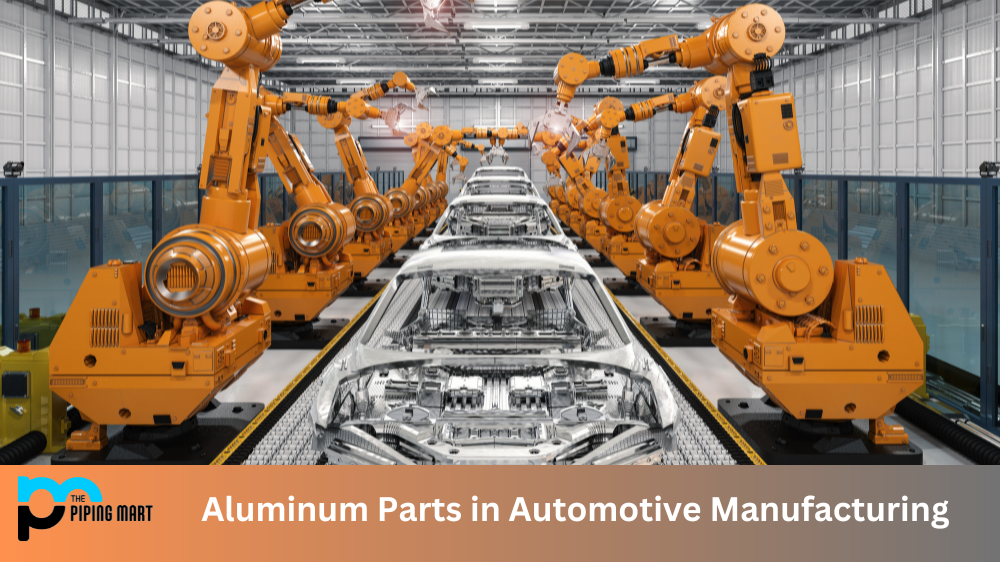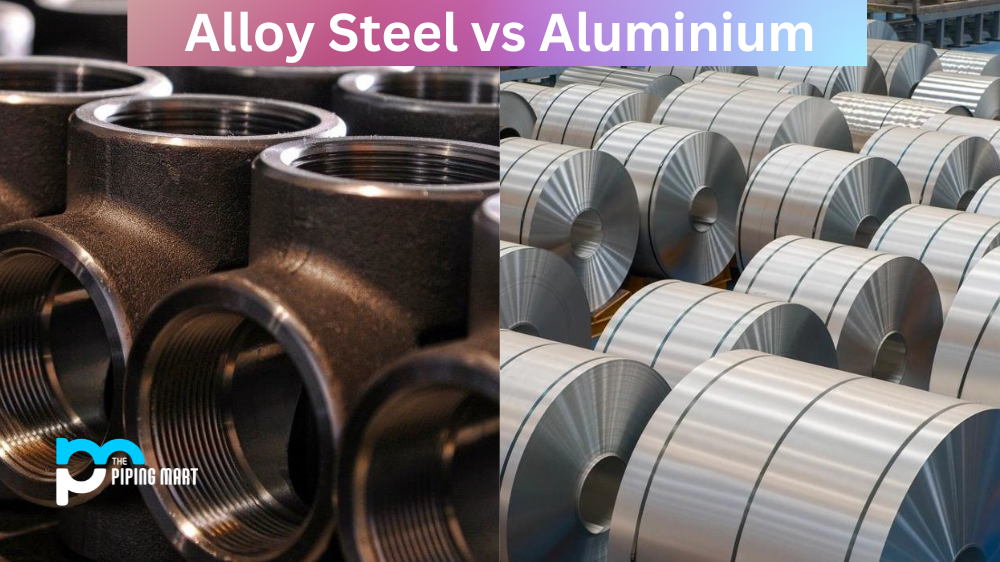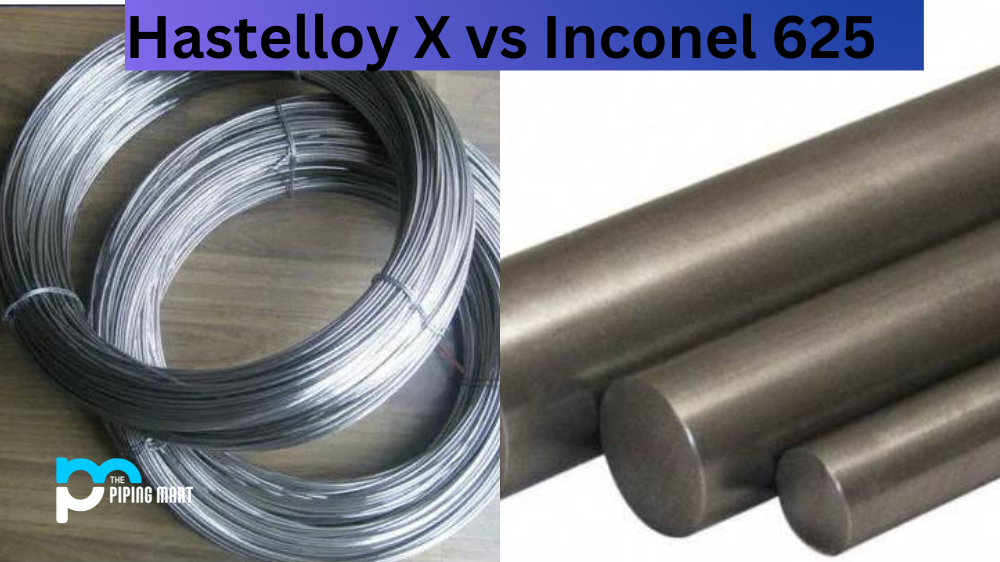Aluminum parts have become increasingly popular in the automotive industry, as they are lighter and more cost-effective than their metal counterparts. They also offer a range of performance benefits such as improved fuel economy, better handling, and increased safety. However, there are some drawbacks to using aluminum parts that need to be taken into consideration before making the switch. Let’s take a closer look at the advantages and disadvantages of using aluminum parts in automotive manufacturing.
Advantages of Using Aluminum
The most obvious advantage of using aluminum parts is that they are significantly lighter than steel or other metals. This lower weight translates into an increase in fuel economy for cars and trucks that use them. The higher fuel efficiency saves you gas money and reduces emissions, making it an environmentally friendly choice. In addition, aluminum is resistant to corrosion and rusting, so it will last longer than steel or other metals in harsh conditions such as rain or snow. Finally, aluminum offers superior handling due to its low weight and high strength-to-weight ratio. This makes it ideal for performance vehicles where precision handling is essential.
Disadvantages of Using Aluminum
Although there are many advantages to using aluminum parts in automotive manufacturing, there are also some drawbacks that need to be considered before making the switch. One major disadvantage is that aluminum requires more specialized production tools than other metals. This can add time and cost to the production process if the tools need to be purchased or rented from another company. Additionally, aluminum has a lower melting point than other metals, which means it can melt if exposed to extreme temperatures such as those encountered during racing or off-roading excursions. Finally, aluminum can corrode when exposed to salt water over long periods, so marine vehicles may not be suitable candidates for this type of part production.
Conclusion
When it comes to choosing materials for automotive manufacturing projects, one must weigh both the benefits and drawbacks associated with specific materials before settling on a final decision. In the case of aluminum parts, they provide tremendous performance benefits thanks to their light weight and superior strength-to-weight ratio; however, they require more specialized tools for production which can add time and cost constraints during production processes. Ultimately the decision should come down to what best fits your particular application after considering all factors involved including cost savings versus additional tool purchases or rental costs associated with utilizing this material type in your project goals.

A passionate metal industry expert and blogger. With over 5 years of experience in the field, Palak brings a wealth of knowledge and insight to her writing. Whether discussing the latest trends in the metal industry or sharing tips, she is dedicated to helping others succeed in the metal industry.




